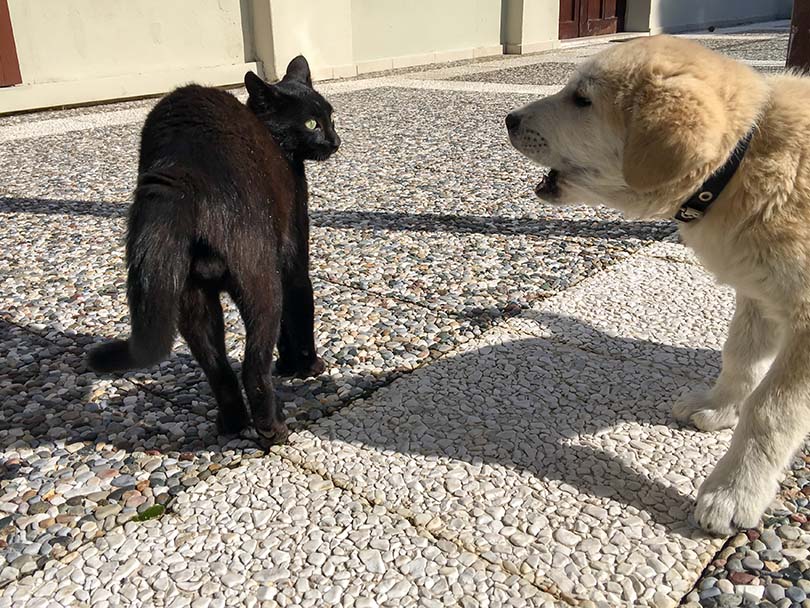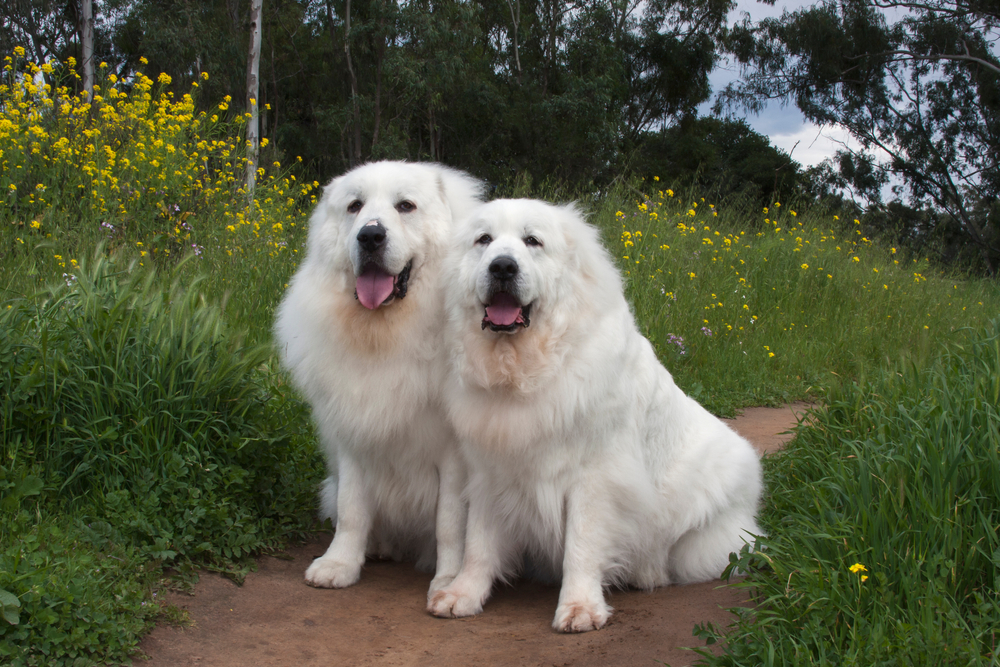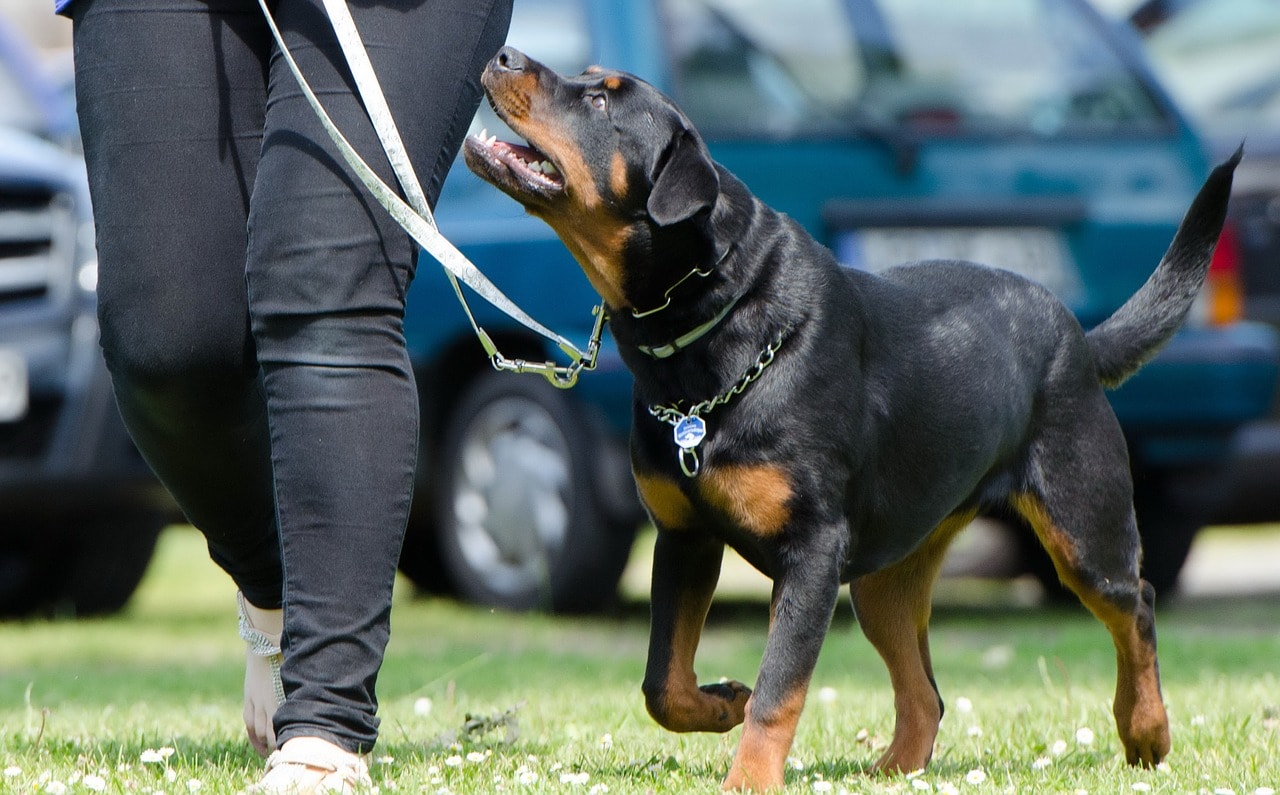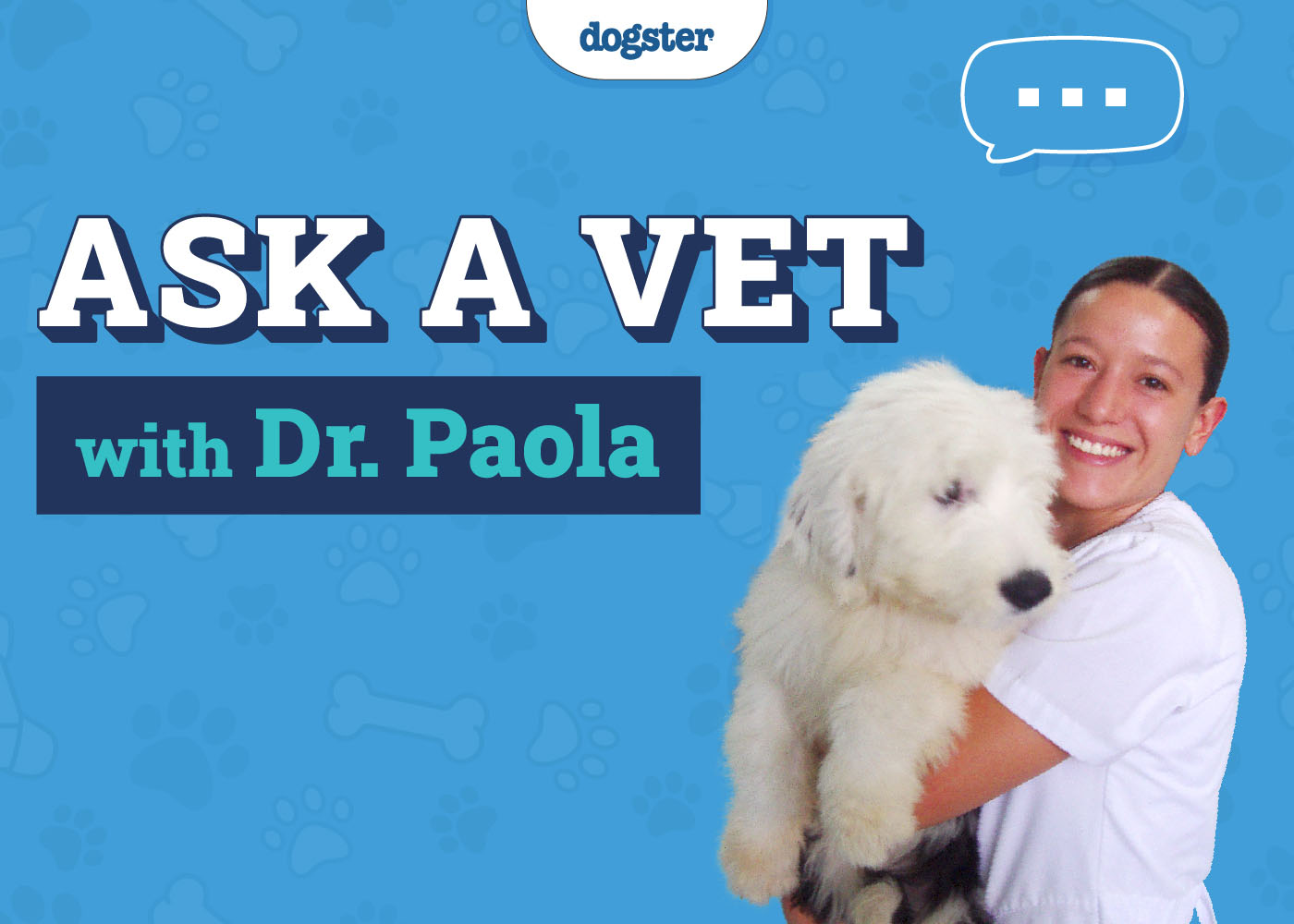Cats and dogs can live together peacefully…most of the time. However, they usually don’t live alongside each other harmoniously right off the bat without some sort of interference from their human companions. If you simply throw a cat and dog into a room together, things probably aren’t going to end well!
There are many factors that go into a cat and dog’s relationship. Some dogs get along more easily with cats than others. Certain dog breeds may never be able to get along with cats—that’s just how they were bred.
The 5 Ways for Stopping a Dog From Chasing a Cat
1. Get the Correct Dog Breed for Cohabitation
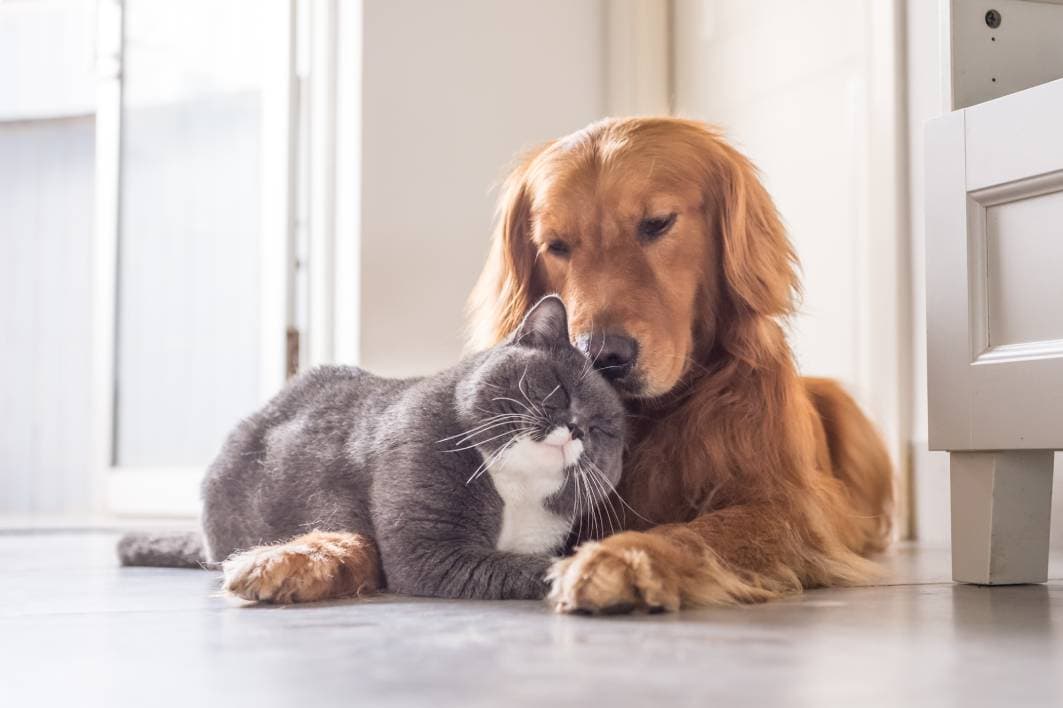
If you haven’t adopted a dog yet, be sure to do plenty of research and adopt the correct breed. Not all breeds are designed to get along with cats. Many are too prey-driven not to chase cats—no matter the level of training you provide them.
Many popular dog breeds simply aren’t made to live alongside cats. German Shepherds are a good example of this. They are one of the most common breeds in the United States, but they are a horrible choice for anyone with a cat. Their prey drive is simply too high.
Of course, if you’ve already adopted a dog, this step won’t matter much now. However, you should understand that you can’t ask your dog to do something it just can’t do. Some dogs just can’t be left alone in a room with a cat. In that case, refer to the lower steps to mitigate potential foul play.
2. Teach Basic Obedience
Your dog should know basic obedience before you start asking them not to chase your cat. Without some sort of self-control, most dogs will not stop themselves from chasing cats; it just isn’t possible.
Even breeds that don’t have a super-strong prey drive will chase cats without training.
Therefore, if your dog doesn’t know basic obedience, now is the time to start.
We highly recommend taking your dog to basic obedience classes. Group classes are often the better choice for most dogs since they provide socialization on top of training.
Once your dog begins to understand some basic commands, controlling them around your cat may be a bit easier. However, you should be careful when expecting too much from your dog. Learning to “sit” in a room free from distractions is one thing. Performing it when there is a cat in the room is another thing.
You should work up slowly. Always set your dog up for success.
3. Take Care of Your Dog’s Needs
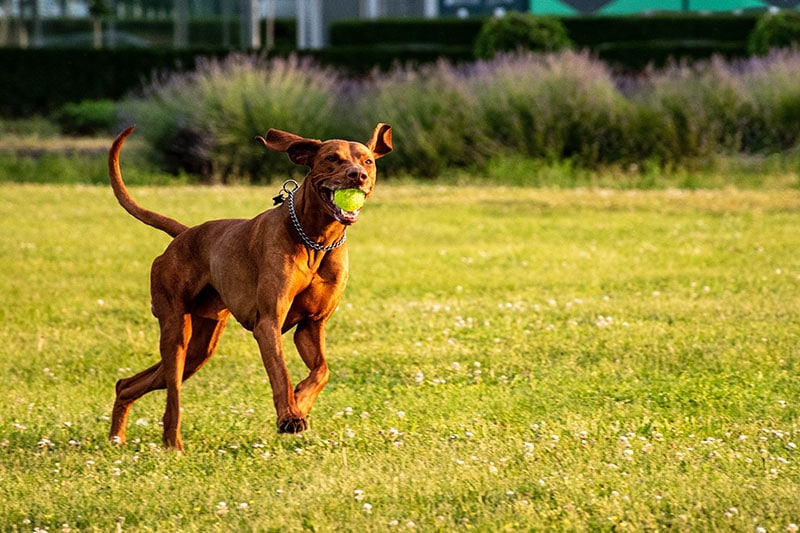
A dog that isn’t mentally or physically stimulated enough will likely have a hard time controlling itself around a cat. The cat can easily become a toy for them to play with when they’re bored or need to release some pent-up energy.
If your dog is exhibiting destructive behaviors and constantly chasing the cat around, it could be a sign that their own needs aren’t getting met.
Consider taking your dog on more walks and investing in some puzzle toys. These should provide your dog with some extra stimulation, making the cat seem less exciting.
If you’re concerned about your dogs behaviour, we recommend you speak with a vet.

If you need to speak with a vet but can’t get to one, head over to PangoVet. It’s an online service where you can talk to a vet online and get the personalized advice you need for your pet — all at an affordable price!
4. Give Your Cat Plenty of Escape Opportunities
You should always supervise your cat and dog when they’re together. This fact is true even after your dog is pretty trustworthy with your cat. You never know when their prey instincts will turn on.
However, you should also provide your cat with plenty of escape opportunities. While much of this article has been focused on your dog, it is also important that your cat is comfortable in their home at all times. After all, they live there too!
A stressed cat can become destructive and aggressive. It takes very little to stress out a cat—and a dog chasing them around is surely enough to stress out most felines.
Therefore, you should ensure that your cat has plenty of places to escape from the dog. You should invest in cat trees and even ban your dog from a room so that your cat has a place to escape to. Cat shelves can also be a great option, as they allow your feline to get around the house without needing to worry about the dog.
Your cat is much less likely to get along with the dog if they’re in a place of constant stress!
5. Introduce Them Slowly
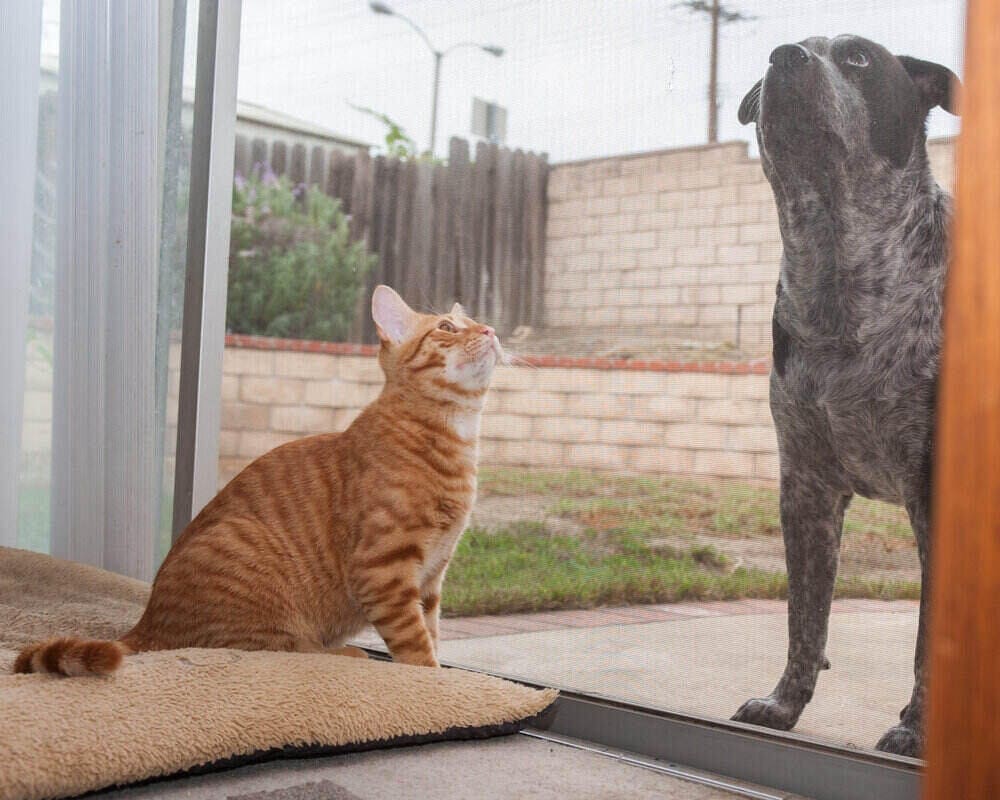
You should introduce your animals very slowly. Even if you’ve already technically “introduced” them, it isn’t too late to start over.
This process begins by separating the animals completely. You should put them in separate areas of the house. Don’t allow them to see each other quite yet.
First, begin by switching out soft items in their environment so that they get used to each other’s smell. For instance, if your cat sleeps on a particular blanket, switch it out with a blanket from the dog’s area. Getting used to the smell is the first step in becoming friends.
Next, you should start allowing them to see each other through a small crack in a door. You don’t want to allow the dog access to the cat at this point, but sniffing the cat through a door can diminish some of the excitement. Whenever the dog stops paying attention to the cat, reward them.
If the dog fixates on the cat, end the session. You want your dog to be in the cat’s presence without fixating.
After the dog accomplishes that, move on to supervised visits in the same room. Keep your dog on a leash and reward them any time they stop paying attention to the cat. Just like the cat does their own thing, which will probably involve sitting somewhere very far away from the dog.
Eventually, your dog and cat will be able to be in the same room without fixating on each other. This process is often very long. You can expect it to take months for some prey-driven dogs. However, it is one of the only ways to ensure that your animals will get along with each other.
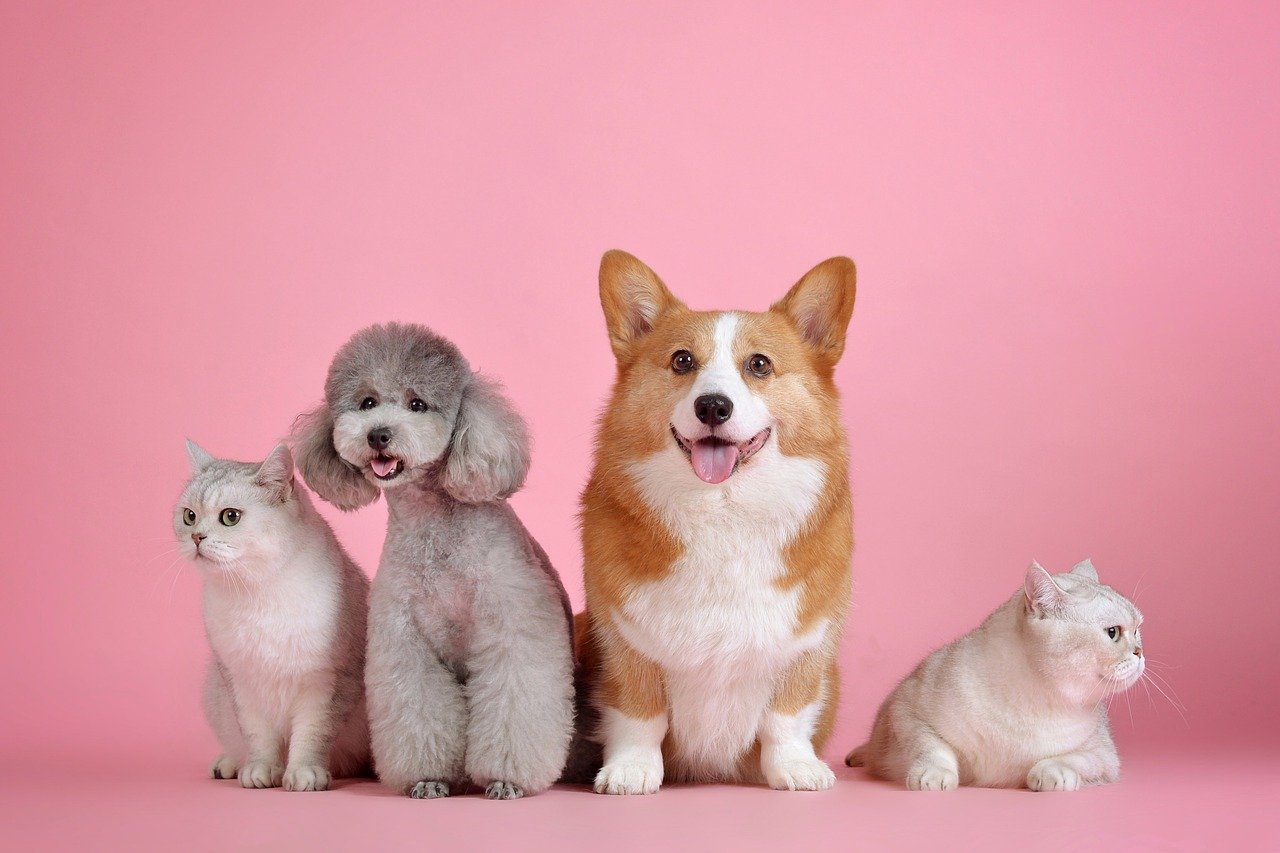
Final Thoughts
There are a lot of things you can do to keep your dog from chasing your cat. Most of the time, the process will be long and tiring. However, slow introductions and careful management of your pets’ needs are required for them to get along together.
With that said, some dogs simply aren’t made to live with cats. You may never be able to leave your cat alone with your dog. That doesn’t necessarily mean that you’ve failed—or that you need to do something to help them get along better.
Some dogs simply have too high of a prey drive not to chase a smaller animal like a cat.
See Also:
Featured Image Credit: AyazHan, Shutterstock

